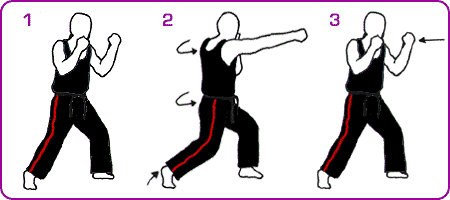Hanzou
Grandmaster
- Joined
- Sep 29, 2013
- Messages
- 6,770
- Reaction score
- 1,330
Hanzou - All the Shotokan guys I ever sparred with, especially the ones I competed against, had some really nasty reverse punches. I always joke to my friends, "Shotokan guys like to punch a hole right through your body so they can give the finger to guy behind you." But I'm only half kidding when I say that because those boys can hit. You must have a nasty reverse punch, yes?
Nope. My reverse punch was always terrible. Probably why I switched to grappling.

